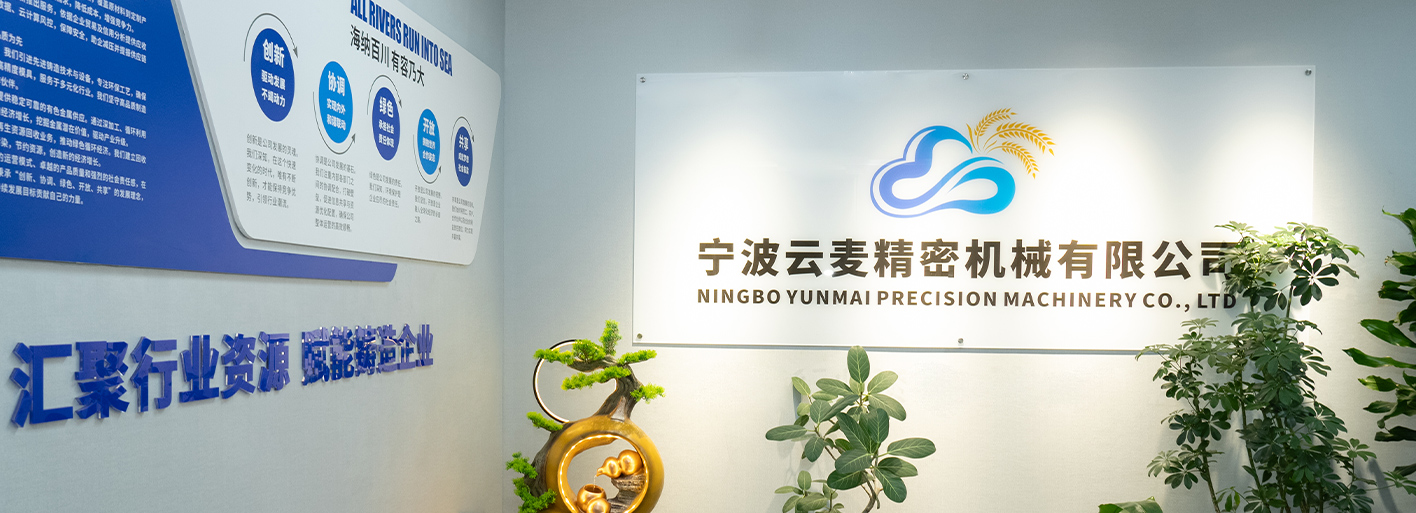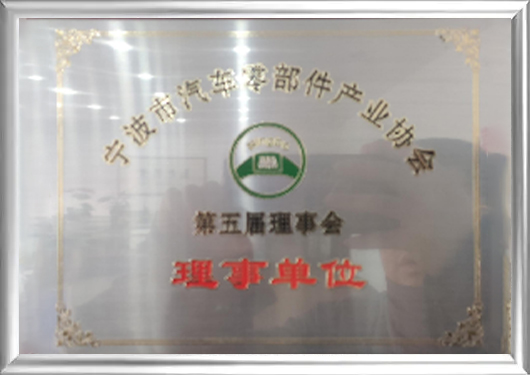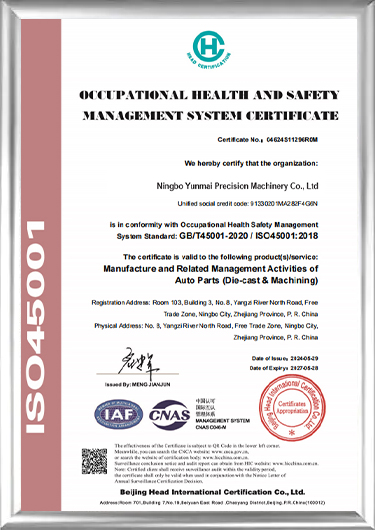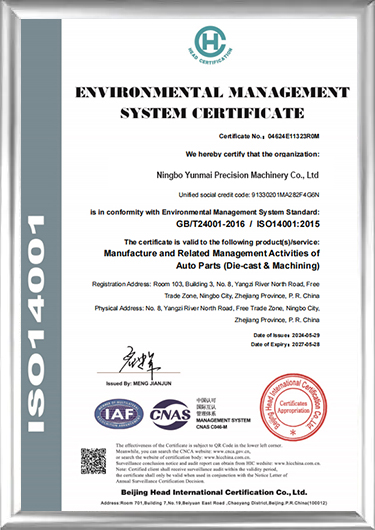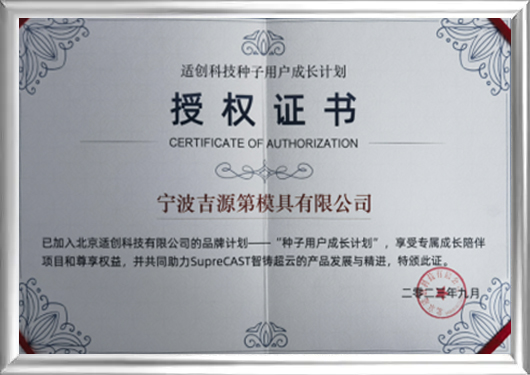Manufacturing Process for Aluminum Die Casting Generator Accessory Mold
The first step in creating an
aluminum die casting generator accessory mold is conceptualization and design. At Ningbo Yunmai Precision Machinery Co., Ltd., this phase is handled by an experienced team of engineers and mold designers who collaborate closely with clients to understand the precise requirements for each project. The design team takes into account the dimensions, functional aspects, material compatibility, and expected performance characteristics of the mold to ensure that it will withstand the intense conditions generator components face. During the design phase, advanced computer-aided design (CAD) software is employed to create a 3D model of the mold. This allows for a high degree of precision and enables engineers to visualize the mold before it is created. The CAD model also helps in identifying potential issues, such as weak spots or flow imbalances in the mold, that could impact the mold's functionality and overall product quality. The design is continuously refined until it meets all required specifications, and the customer’s needs are fully understood.
Material selection is a crucial aspect of aluminum die-casting mold manufacturing. The mold's performance depends heavily on the quality of the material used in its construction. At Ningbo Yunmai Precision Machinery Co., Ltd., high-quality aluminum alloys are chosen based on their excellent strength-to-weight ratio, corrosion resistance, and durability under extreme conditions. Commonly used alloys for generator accessory molds include A380, A360, and A413, which are known for their casting fluidity, dimensional stability, and overall mechanical properties. The alloy selection process is not only guided by the need for strength and durability but also by the expected use of the final product. For example, if the generator accessory will be exposed to high temperatures or abrasive environments, the alloy composition might be adjusted to improve heat resistance and wear characteristics. Careful consideration of the mold’s intended application ensures that the final die-casting process is optimized, resulting in a superior product.
Once the design and material selection are finalized, the mold fabrication process begins. Ningbo Yunmai Precision Machinery Co., Ltd. employs advanced CNC machining techniques, which provide a high level of precision for manufacturing mold components. CNC machines are used to shape and refine the mold's core and cavity, ensuring that they conform to the design specifications. The mold is made in two halves: the core and the cavity. These halves will come together during the die-casting process to form the final part. Special attention is given to ensuring the accuracy of the mold’s surface finish, as any imperfections can be transferred to the final cast component, affecting both its aesthetic and functional properties. The high-precision machinery used in the fabrication process guarantees that the mold components are produced with extremely tight tolerances, which is essential for producing generator accessory parts that meet industry standards. The mold fabrication stage also includes the creation of cooling channels, vents, and gating systems. These components play a crucial role in ensuring the efficient and uniform flow of molten metal during the casting process. Proper cooling is necessary to prevent defects such as warping or cracking, while an efficient gating system ensures the mold is filled evenly, reducing the risk of air pockets or incomplete filling.
Once all components of the mold are fabricated, they are assembled into a complete die-casting mold. This stage involves the precise alignment of the core and cavity, ensuring that the mold halves fit together perfectly to avoid leakage of molten metal during the casting process. Ningbo Yunmai Precision Machinery Co., Ltd. takes great care in aligning the mold components to guarantee that the mold can withstand the pressure and heat of the die-casting process without compromising its integrity. Before the mold is used for production, it undergoes a series of tests to ensure it meets all functional requirements. These tests involve simulating the actual casting process by running trial castings with the mold. The purpose of this step is to identify any potential issues with mold alignment, cooling efficiency, or casting defects before mass production begins. During testing, engineers also evaluate the mold’s cooling performance and overall efficiency to ensure that the mold can consistently produce high-quality parts.
The die-casting process itself involves injecting molten aluminum into the prepared mold at high pressure. This is typically done using a high-pressure die-casting machine that can inject molten aluminum at speeds of up to several meters per second. The molten aluminum quickly fills the mold cavity, and once it cools and solidifies, the mold halves are separated to reveal the cast part. The pressure applied during the die-casting process ensures that the aluminum flows into every detail of the mold, capturing fine details and creating parts with tight tolerances. This process is particularly effective for producing complex shapes with high precision, which makes it ideal for aluminum die-casting generator accessory molds. Ningbo Yunmai Precision Machinery Co., Ltd. uses state-of-the-art die-casting machines that are capable of producing parts with excellent surface finish and minimal porosity. The high pressure ensures that even small, intricate parts are cast with great detail and without defects. In generator accessories, where precise components are essential for functionality and performance, the high level of detail achieved through die-casting is vital for the successful production of durable, reliable parts.
Once the mold has been filled and the part has solidified, post-casting operations are necessary to finish the part and prepare it for final use. These operations include deburring, trimming, and machining, which ensure that the part meets its final dimensions and is free of excess material or imperfections. Ningbo Yunmai Precision Machinery Co., Ltd. employs skilled technicians who perform these operations with high precision to ensure the cast components meet stringent tolerances. In the case of generator accessory parts, where dimensional accuracy is critical for ensuring proper fit and function, post-casting machining is an essential step. This may involve additional CNC machining to refine the part’s features, such as mounting holes, grooves, or other functional details. Machining ensures that the part fits perfectly within the larger generator assembly and performs as required under operational conditions.
Quality control is a fundamental part of the aluminum die-casting mold manufacturing process. Ningbo Yunmai Precision Machinery Co., Ltd. places a strong emphasis on ensuring the final mold and the cast components meet the highest standards of quality. Throughout the entire manufacturing process, strict quality control measures are implemented to ensure the mold’s performance, durability, and precision. Before being shipped to clients, the molds and cast parts undergo extensive inspections to check for any defects or deviations from the required specifications. This includes visual inspections, dimensional checks, and mechanical testing. The company employs advanced measurement equipment, such as CMM (coordinate measuring machines), to check the dimensions of the mold and the final parts with micron-level accuracy. Parts are also tested for strength, durability, and resistance to wear and heat. For generator accessories, it is essential that the components can withstand the high operational stresses they will face, which is why testing is an essential part of the process. In addition to these standard tests, specific tests are conducted depending on the customer’s requirements, ensuring that the part is ready for the intended application.
